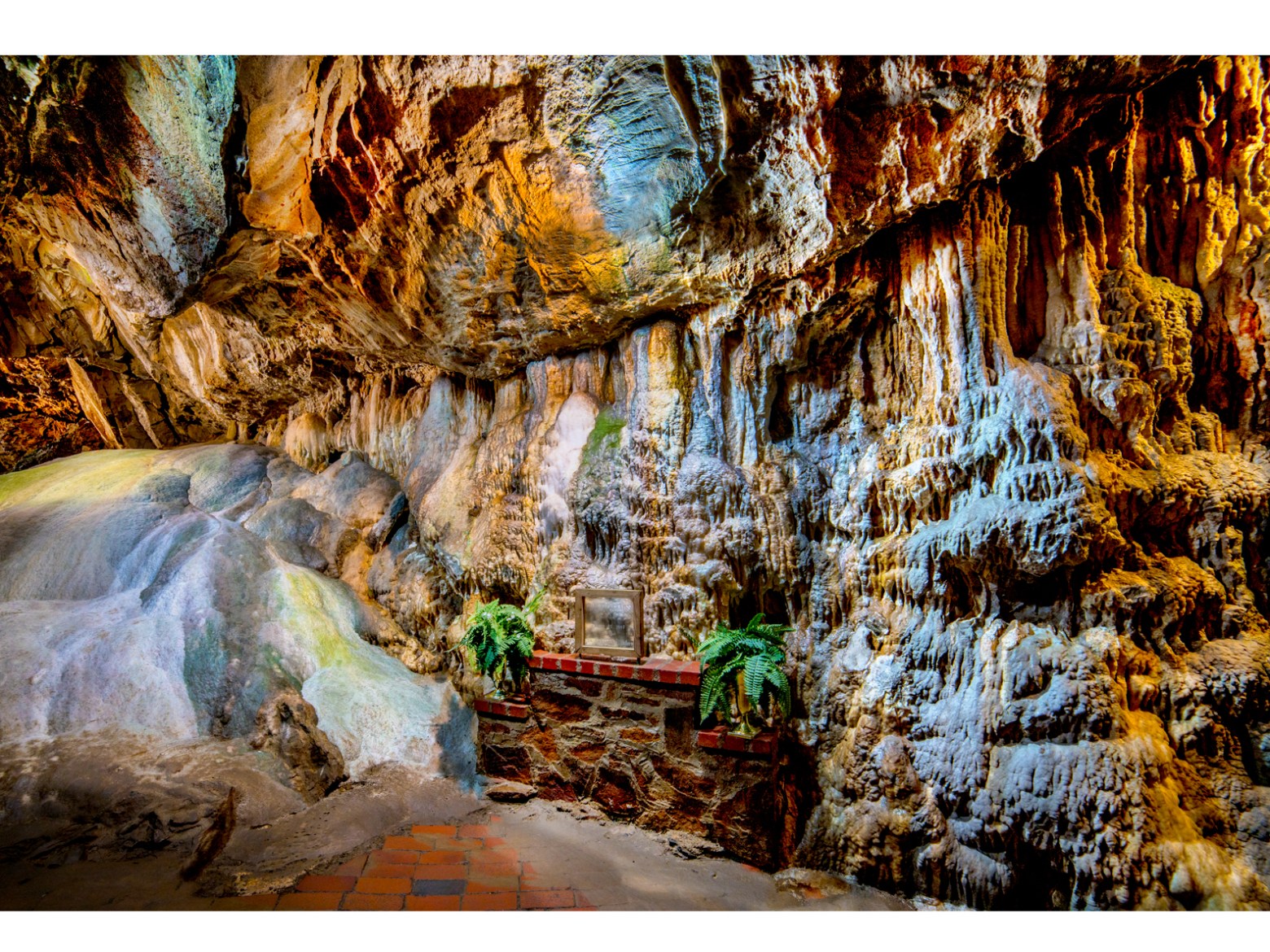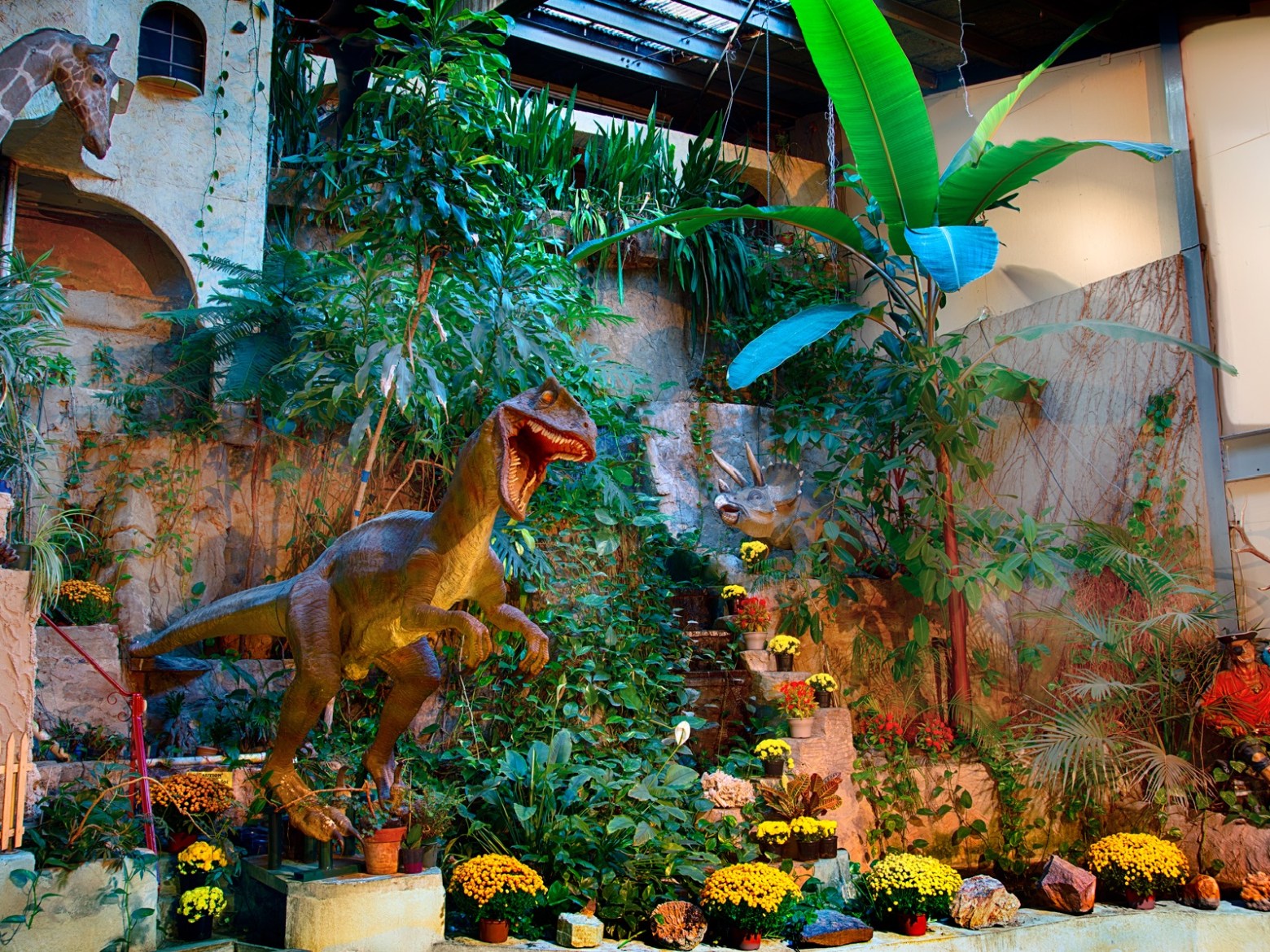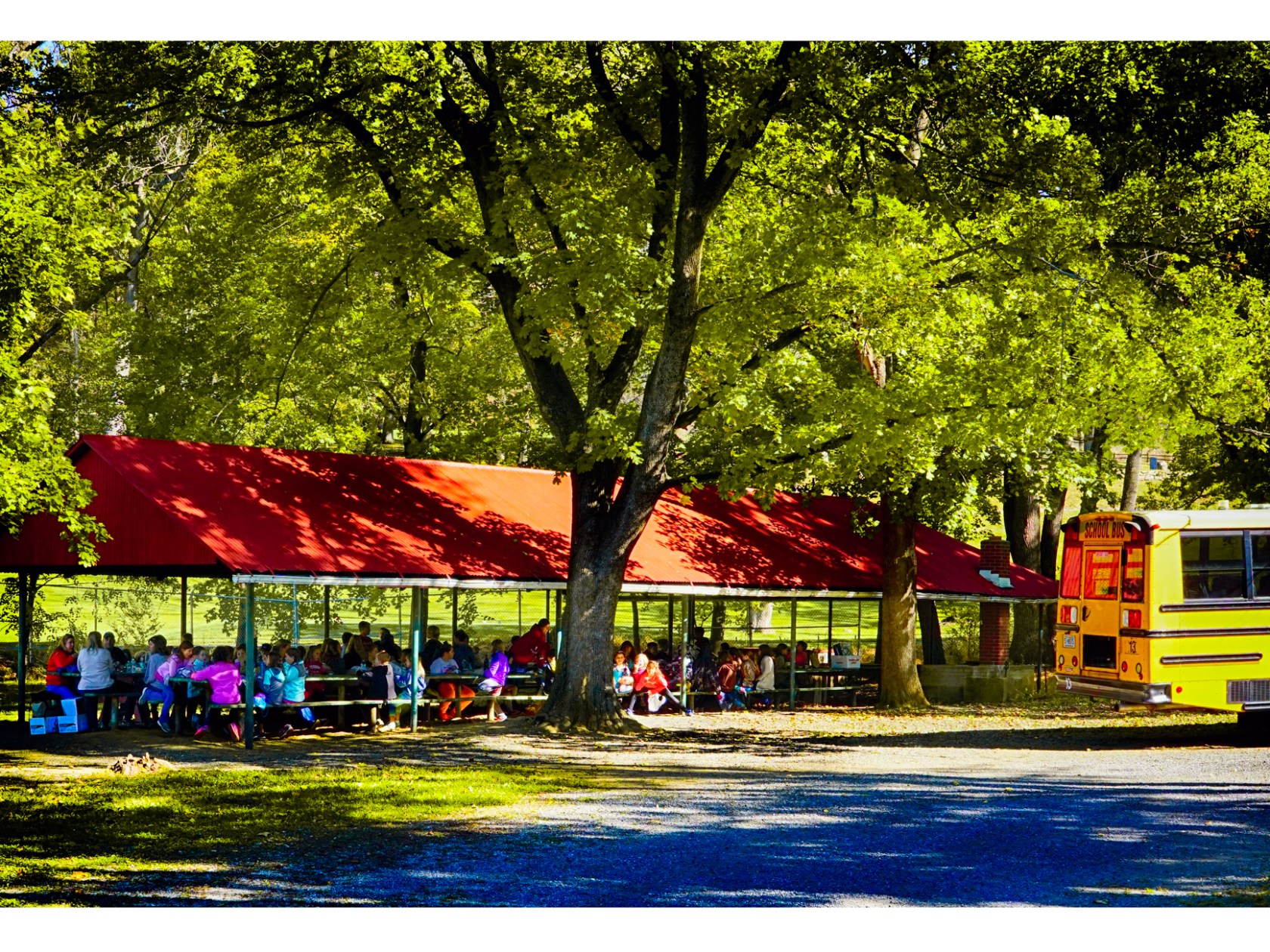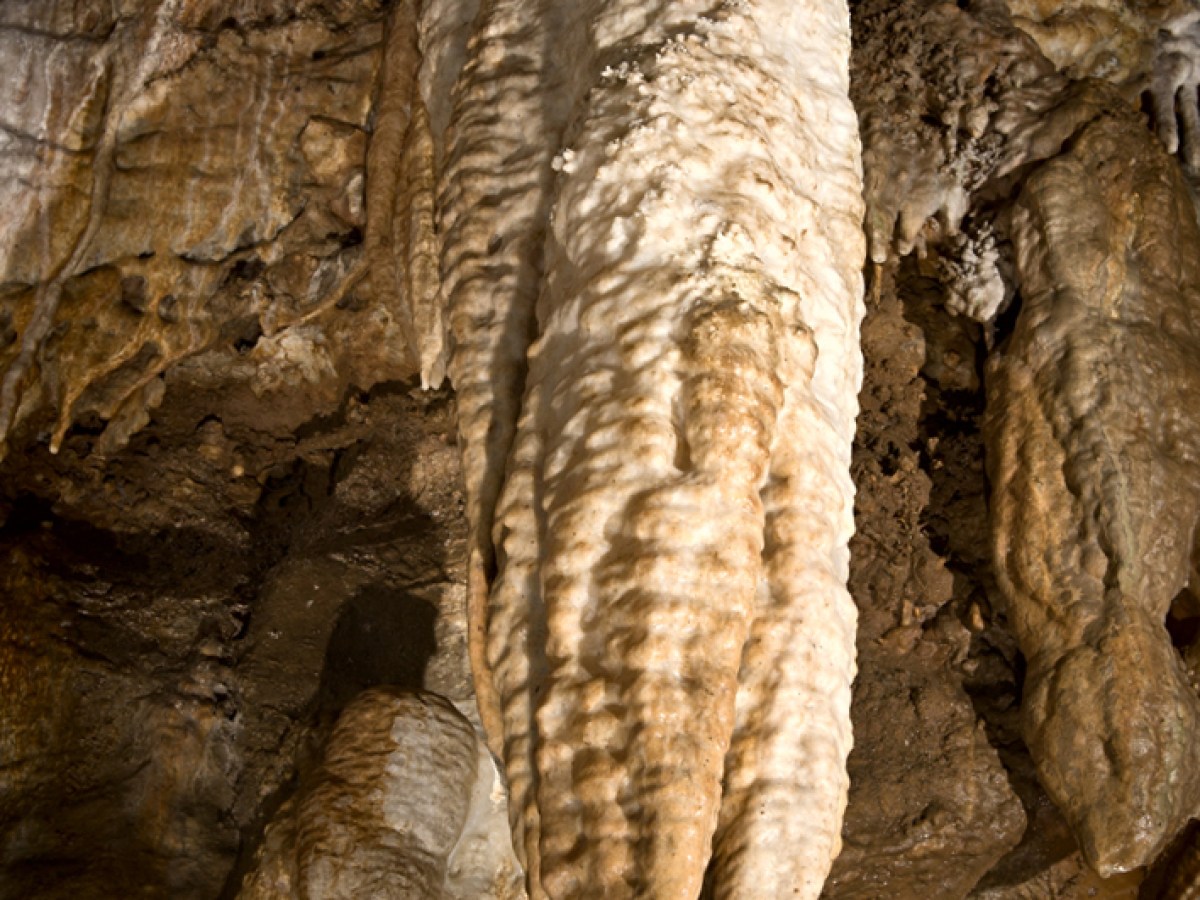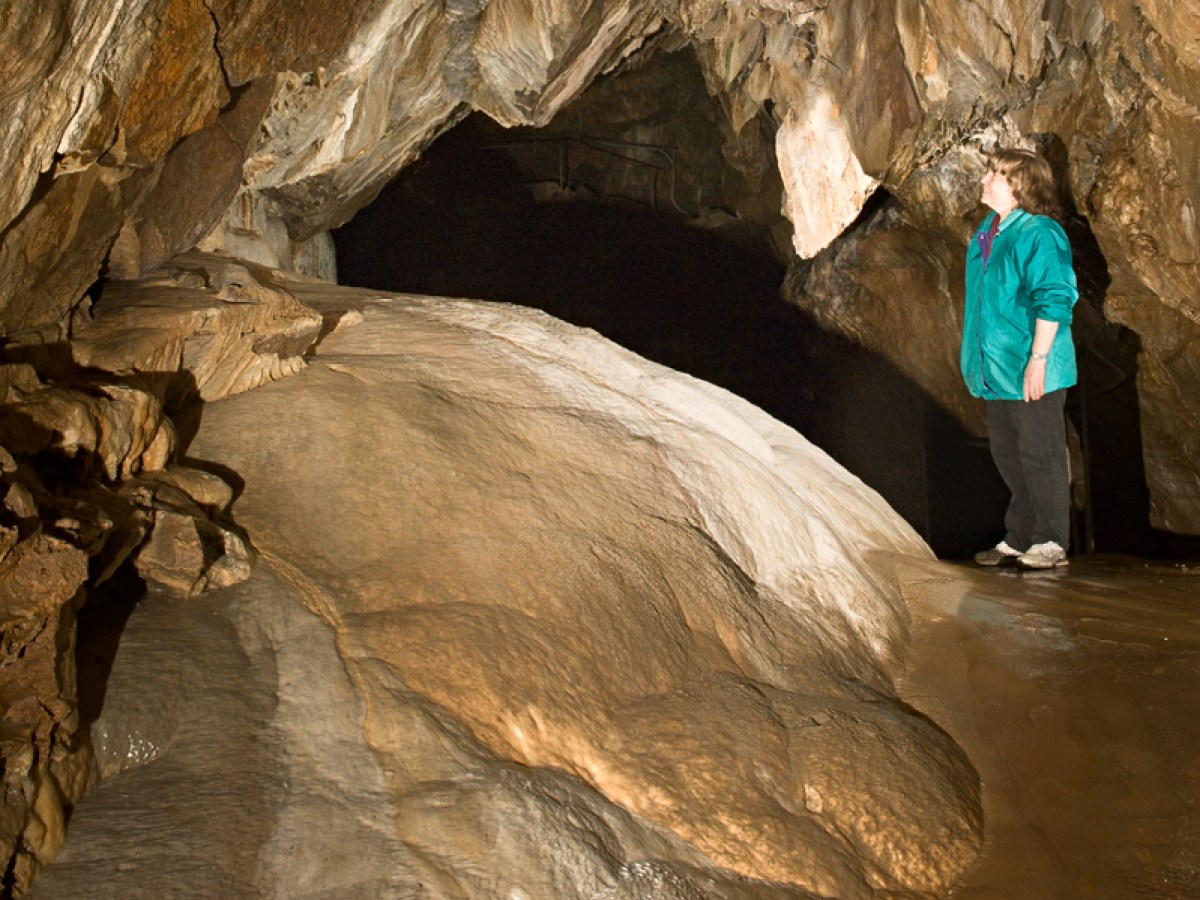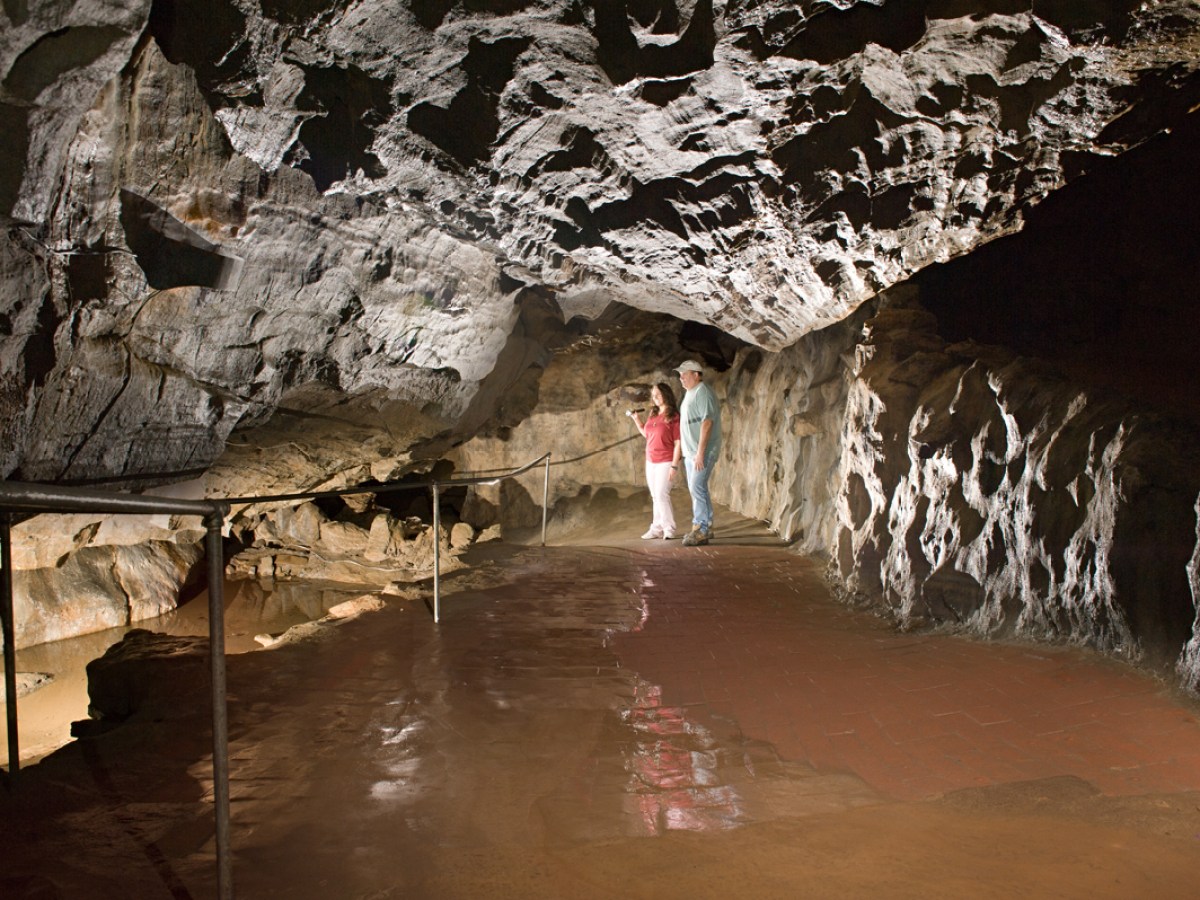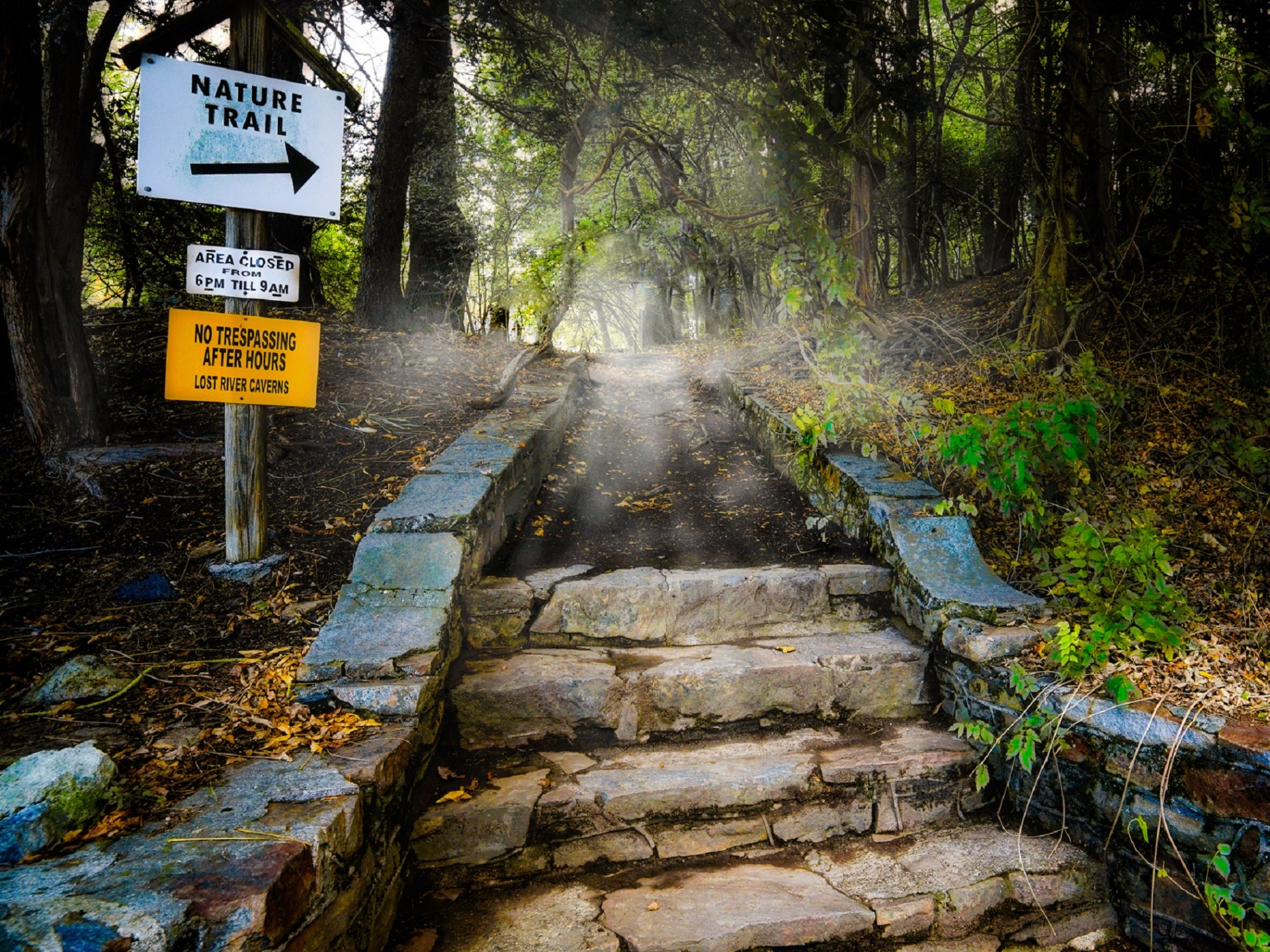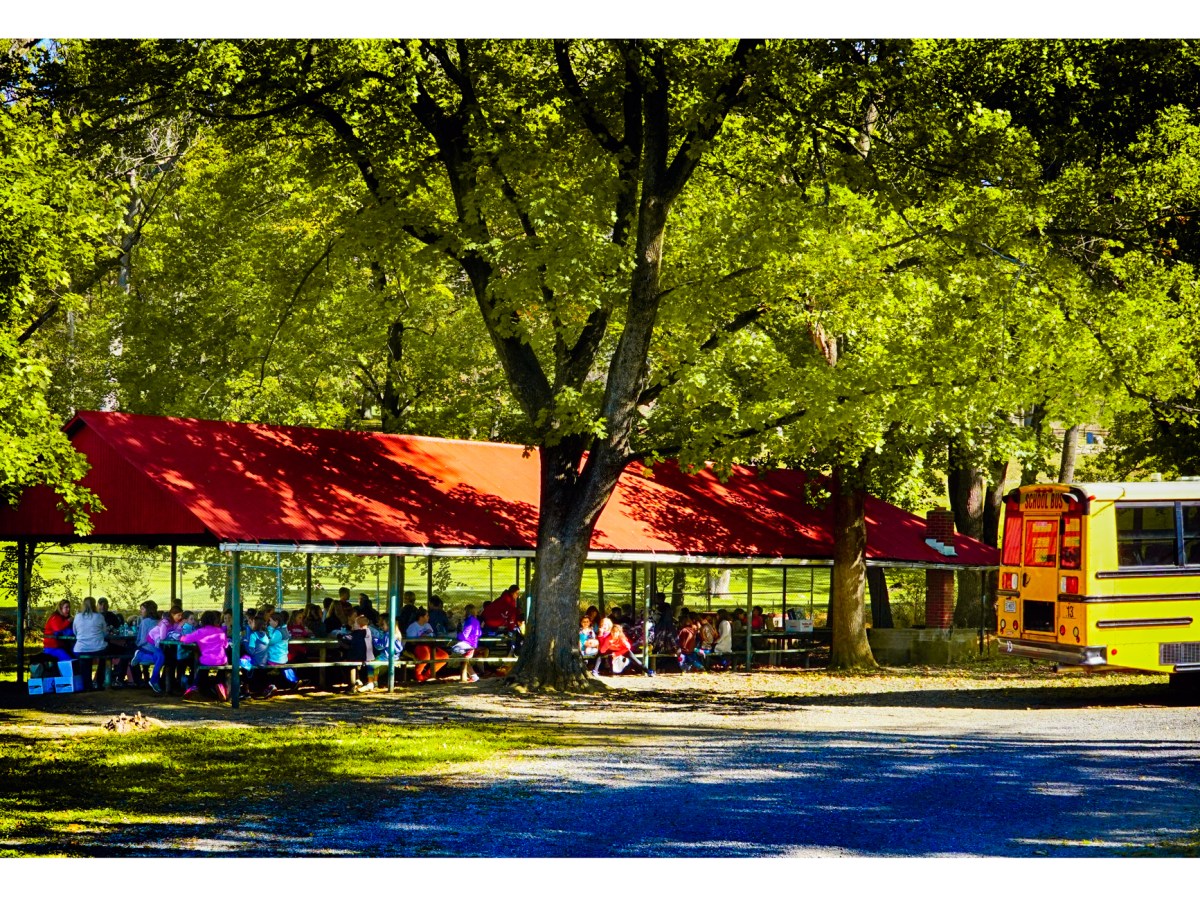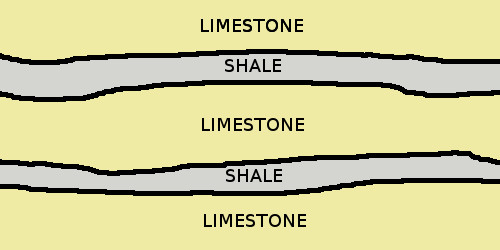Get To Know Us
Lost River Caverns and Gilman’s “at the cave” have been in business continuously since 1930 offering tours of the caverns and a full line of products for all aspects of jewelry making. We carry a wide selection of findings, gem stones, metals and tools, lapidary supplies and equipment, and much more! Also be sure to check out our variety of minerals and crystals for sale. We look forward to welcoming you, whether you’re coming for a tour or to shop the store!
Caverns Discovery and History
During the late nineteenth century, an active limestone quarry operated where the parking lot is now located. The cavern entrance was first opened to the surface in 1883 by quarry workers when they ignited a black powder blast to remove limestone from the cliff face. The first systematic exploration of the caverns occurred in 1886 during an expedition sponsored by Lehigh University and was detailed in the Bethlehem Daily Times of that era.
In the years following the caverns discovery, local residents found the underground spaces ideal for a variety of uses including a ballroom. During the late 1800’s a wooden dance floor was constructed in what is now called the Crystal Chapel and regular dances were held in the natural air conditioning of the cave.
At the beginning of the twentieth century the cave’s colorful history includes college fraternities holding initiation ceremonies in some of the further underground chambers and bootleggers preferred the caves dark recesses to secretly store their wares during the prohibition era.
In 1929 the cavern was purchased with the intention of creating a commercial show cave and in 1930 after handrails, lighting and walkways were installed, the cave was opened to the public. One large well decorated room was dedicated as a chapel and between 1949 and 2009 was offered for ceremonial use. The Crystal Chapel was the site of over 100 ceremonies and provided the perfect setting for a unique and memorable celebration.



